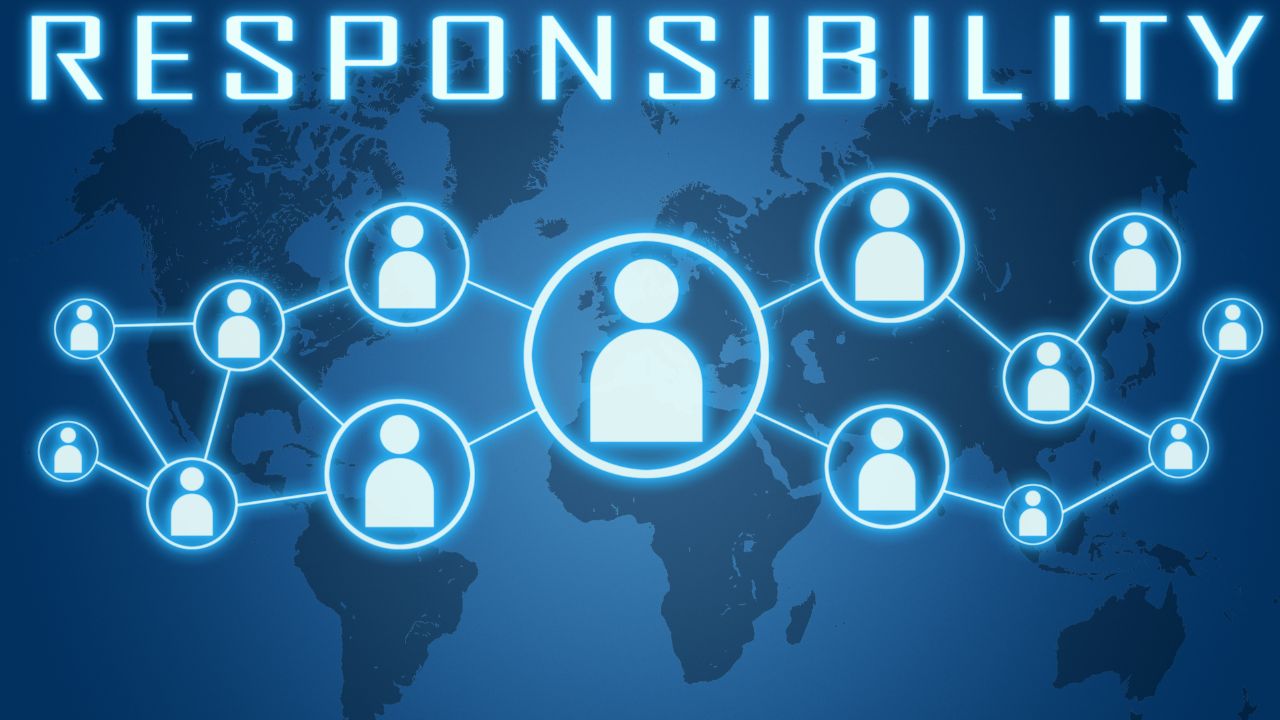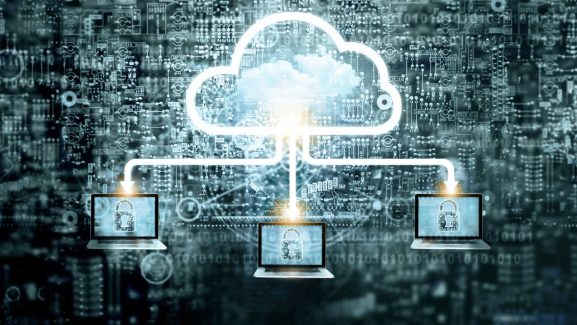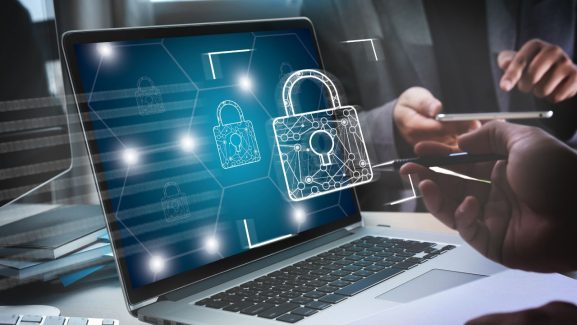The Role of a VP of Information Security
Cybersecurity today is not just a necessity; it’s a critical pillar of business survival and growth. As companies scale, handling sensitive data, navigating regulatory compliance, and defending against increasingly sophisticated cyber threats becomes far more complex. The VP of Information Security is a leadership role that stands at the forefront of a company’s defense mechanisms.
If you’re considering stepping into this pivotal career path or your organization is looking to hire a seasoned leader in cybersecurity, understanding the true scope of the VP of Information Security’s role is essential. In this article, we’ll explore what it means to be a VP of Information Security, what skills and qualifications are necessary, what daily responsibilities look like, and why this position is more critical than ever.
What is a VP of Information Security?
The VP of Information Security (sometimes called the Vice President of Cybersecurity or Chief Information Security Officer, depending on company structure) is responsible for establishing, managing, and enforcing information security strategies across an organization.
The VP of Information Security is tasked with building and leading a high-performing security team. This requires not only identifying and recruiting top talent but also fostering a culture of security awareness and continuous improvement across the entire organization. They act as a champion for security, educating employees at all levels about potential risks and the importance of adhering to security protocols.
While technical expertise remains crucial, this is not just a hands-on technical role. It’s a senior leadership position that blends risk management, compliance, executive communication, and team leadership. The VP acts as the bridge between the IT department, executive leadership, and often, the board of directors.
The threat landscape is in constant flux, with cybercriminals and nation-state actors employing increasingly sophisticated tactics. Therefore, a key responsibility of the VP of Information Security is to stay ahead of these threats. This involves continuous monitoring of the security environment, conducting regular vulnerability assessments and penetration testing, and implementing proactive measures to detect, prevent, and respond to security incidents.
Think of it as an ongoing intelligence operation. The VP of Information Security and their team are constantly gathering information about potential threats, analyzing their patterns, and developing countermeasures to neutralize them before they can cause harm. This requires a deep understanding of attack vectors, malware analysis, and incident response methodologies.
Effective communication is another critical aspect of the VP of Information Security role. They must be able to articulate complex technical issues to both technical and non-technical audiences, including executive leadership and the board of directors. This involves translating security risks into business terms, demonstrating the potential impact of breaches, and justifying security investments.
Moreover, the VP of Information Security plays a crucial role in business continuity and disaster recovery planning. In the event of a security incident or other disruptive event, they are responsible for ensuring that the organization can quickly and effectively recover its critical systems and data, minimizing downtime and financial losses.
The journey to becoming a VP of Information Security typically involves a strong educational foundation in computer science, information security, or a related field, coupled with significant professional experience in progressively responsible security roles. Certifications such as CISSP, CISM, and CEH are often highly valued and demonstrate a commitment to professional development.

Beyond technical skills and experience, successful VPs of Information Security possess a unique blend of leadership qualities. They are strategic thinkers who can anticipate future challenges and develop long-term security roadmaps. They are effective communicators who can build consensus and influence stakeholders across the organization. They are decisive leaders who can make critical decisions under pressure. And they are continuous learners who are committed to staying abreast of the latest security trends and technologies.
The role also demands a strong ethical compass and a deep understanding of privacy regulations. The VP of Information Security is entrusted with safeguarding sensitive information, and they must operate with the highest levels of integrity and accountability. They are responsible for ensuring that the organization complies with all relevant privacy laws and regulations, protecting the trust of customers and stakeholders.
In essence, the VP of Information Security is the guardian of an organization’s digital realm. They are the strategic leader who sets the security vision, the operational expert who oversees its implementation, and the trusted advisor who guides the organization in navigating the complex and ever-changing world of cybersecurity.
The increasing reliance on cloud computing, the proliferation of mobile devices, and the rise of sophisticated social engineering attacks have further amplified the importance of the VP of Information Security role. They must navigate the complexities of securing hybrid environments, implementing robust mobile security policies, and fostering a culture of vigilance against phishing and other social engineering tactics.
Furthermore, the VP of Information Security often plays a crucial role in vendor risk management. Organizations increasingly rely on third-party vendors for various services, and these relationships can introduce new security risks. The VP of Information Security is responsible for assessing the security posture of these vendors and ensuring that they meet the organization’s security standards.
The integration of security into the software development lifecycle (SDLC) is another critical area of focus. A proactive “security by design” approach, championed by the VP of Information Security, helps to identify and mitigate vulnerabilities early in the development process, reducing the risk of costly security flaws in production systems.
Automation and artificial intelligence (AI) are also transforming the field of information security. The VP of Information Security must explore how these technologies can be leveraged to enhance threat detection, automate security tasks, and improve overall security efficiency.
Therefore, the role of the VP of Information Security is a critical and increasingly vital function within any modern organization. It demands a unique combination of technical expertise, strategic thinking, leadership skills, and a deep commitment to protecting information assets. As the digital landscape continues to evolve and the threat landscape becomes more complex, the VP of Information Security will remain at the forefront of safeguarding our digital future.
Core Responsibilities Include:
- Developing and implementing an enterprise-wide cybersecurity strategy
- Leading incident response teams during cyber attacks
- Establishing risk management frameworks
- Ensuring regulatory compliance with laws like GDPR, HIPAA, and CCPA
- Reporting cybersecurity posture and incidents to C-suite executives and the board
- Managing security budgets and vendor relationships
- Building, mentoring, and leading a cybersecurity team
The VP of Information Security role ensures the organization is resilient against internal and external threats, now and in the future.
Why Companies Need a VP of Information Security
Gone are the days when a mid-level IT manager could “handle security on the side.” Organizations now require dedicated leadership to manage security architecture, incident response, governance, and compliance at a strategic level.
A strong VP of Information Security protects more than just data — they safeguard company reputation, customer trust, and financial stability.
Skills and Qualifications Needed for a VP of Information Security
To succeed as a VP of Information Security, candidates must possess a well-rounded set of technical, leadership, and business skills. Here’s what organizations should look for (and what aspiring VPs should cultivate):
Technical Skills
- Deep knowledge of cybersecurity frameworks (NIST, ISO 27001, CIS Controls)
- Expertise in network security, cloud security, endpoint protection, identity and access management (IAM)
- Incident response planning and execution
- Familiarity with threat intelligence platforms and SOC operations
- Understanding of encryption, firewalls, IDS/IPS, and SIEM solutions
Leadership and Business Acumen
- Ability to align cybersecurity initiatives with broader business goals
- Experience managing cross-functional teams
- Strong presentation and communication skills (especially when speaking to non-technical executives)
- Budgeting and resource management
- Vendor and contract negotiation experience
Educational Background
While requirements vary, typical qualifications include:
- Bachelor’s degree in Computer Science, Information Technology, Cybersecurity, or a related field (Master’s degree preferred)
- Industry certifications such as CISSP, CISM, or CISA
- 10+ years of progressive experience in IT and cybersecurity roles, including leadership positions
A Day in the Life of a VP of Information Security
Wondering what a typical day looks like for a VP of Information Security? Expect a fast-paced, dynamic environment. Priorities can shift quickly based on new threats or organizational changes.
Here’s a snapshot:
- Morning Briefings: Reviewing overnight alerts and reports from SOC teams
- Strategic Meetings: Collaborating with executive leadership on upcoming projects, mergers, or regulatory initiatives
- Incident Response Planning: Running tabletop exercises to prepare teams for ransomware attacks or insider threats
- Team Mentorship: Coaching cybersecurity analysts and engineers, discussing career paths and certifications
- Vendor Coordination: Meeting with third-party providers about security tools, penetration testing, or managed services
- Policy Development: Updating internal security policies and frameworks
- Executive Reporting: Preparing monthly or quarterly updates for board meetings
No two days are identical. That’s part of what makes the VP of Information Security role so exciting and critical.
Challenges Facing Today’s VPs of Information Security
Being a VP of Information Security is a high-reward, high-pressure job. Leaders in this role must navigate complex, evolving challenges daily.
Some of the most common include:
- Evolving Threat Landscape: Cyberattacks are becoming more sophisticated and targeted.
- Board-Level Accountability: Boards are demanding more transparency and quantifiable metrics around cybersecurity.
- Talent Shortage: Recruiting and retaining top cybersecurity talent is fiercely competitive.
- Regulatory Pressure: New regulations emerge almost yearly, adding compliance burdens.
- Budget Constraints: Despite rising threats, many security leaders still struggle to secure sufficient budgets.
Each challenge demands resilience, adaptability, and strategic thinking traits that distinguish successful VPs of Information Security.
Building a Cybersecurity-First Culture
A successful VP of Information Security doesn’t just defend against attacks, they shape the organization’s entire attitude toward cybersecurity.
Building a security-first culture involves:
- Regular Training: Ensuring every employee, from interns to executives, understands cyber hygiene
- Clear Policies: Making expectations around password management, phishing awareness, and data protection crystal clear
- Positive Reinforcement: Rewarding good security behavior instead of only punishing mistakes
- Executive Buy-In: Cybersecurity initiatives must be championed from the very top
Culture change isn’t easy, but it’s essential for long-term resilience. The VP of Information Security leads this movement.
How to Hire the Right VP of Information Security
If your organization is looking to hire its first VP of Information Security or replace an outgoing leader, it’s crucial to structure the search process thoughtfully.
Key Steps:
- Define Success Clearly: What are your primary concerns? Compliance? Incident response? Digital transformation security?
- Prioritize Leadership Abilities: Strong technical skills are vital, but leadership and communication skills are equally critical.
- Conduct Thorough Interviews: Include scenario-based questions to evaluate candidates’ strategic thinking.
- Offer Competitive Packages: Top talent expects competitive salaries, bonuses, equity, and professional development budgets.
Working with an experienced cybersecurity recruitment partner like eStreet Security can simplify this process and connect you to highly vetted candidates faster.
To learn more about how Estreet Security can help your organization strengthen its information security posture, visit us at www.estreetsecurity.com. We offer a comprehensive suite of security services tailored to meet your unique needs.





